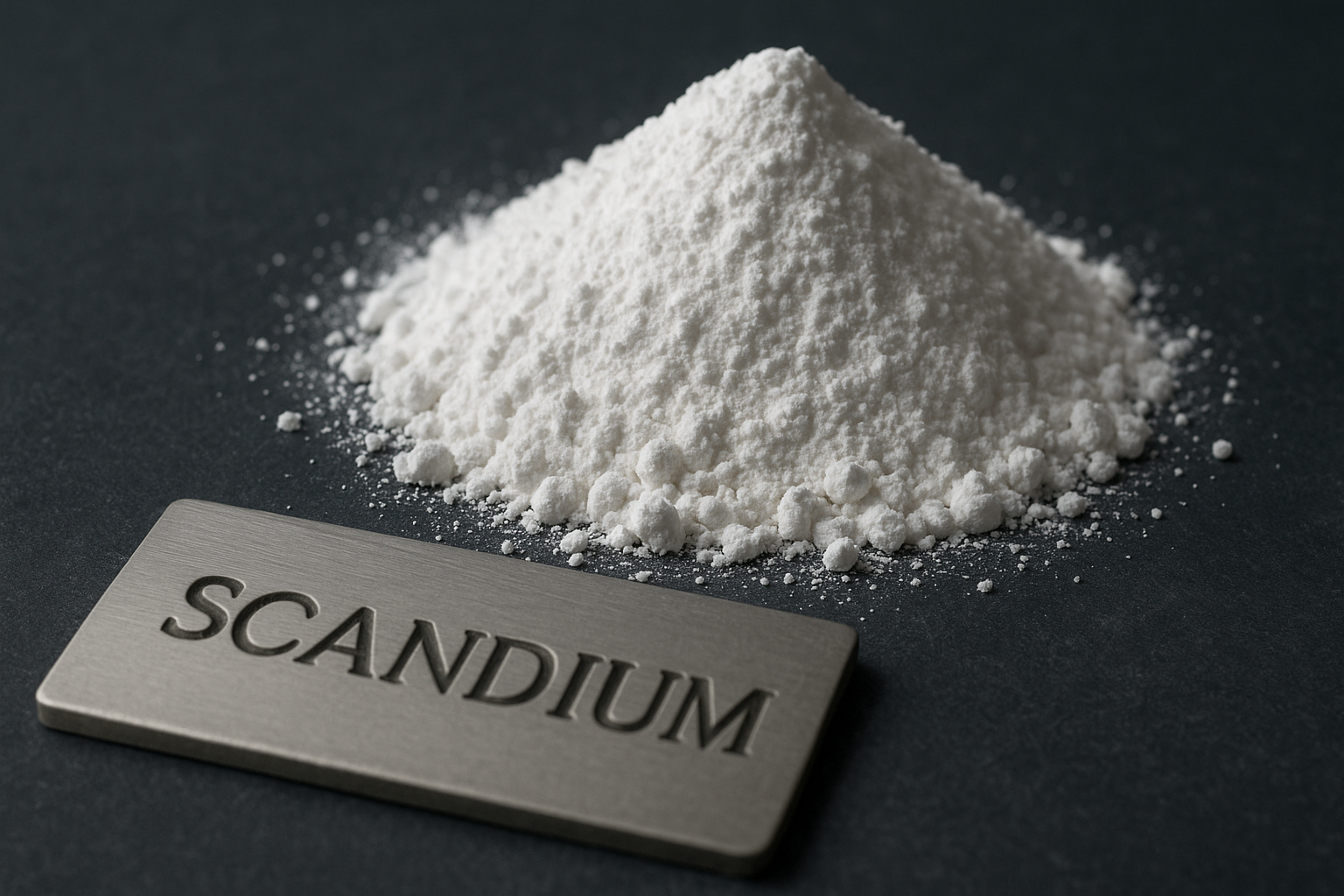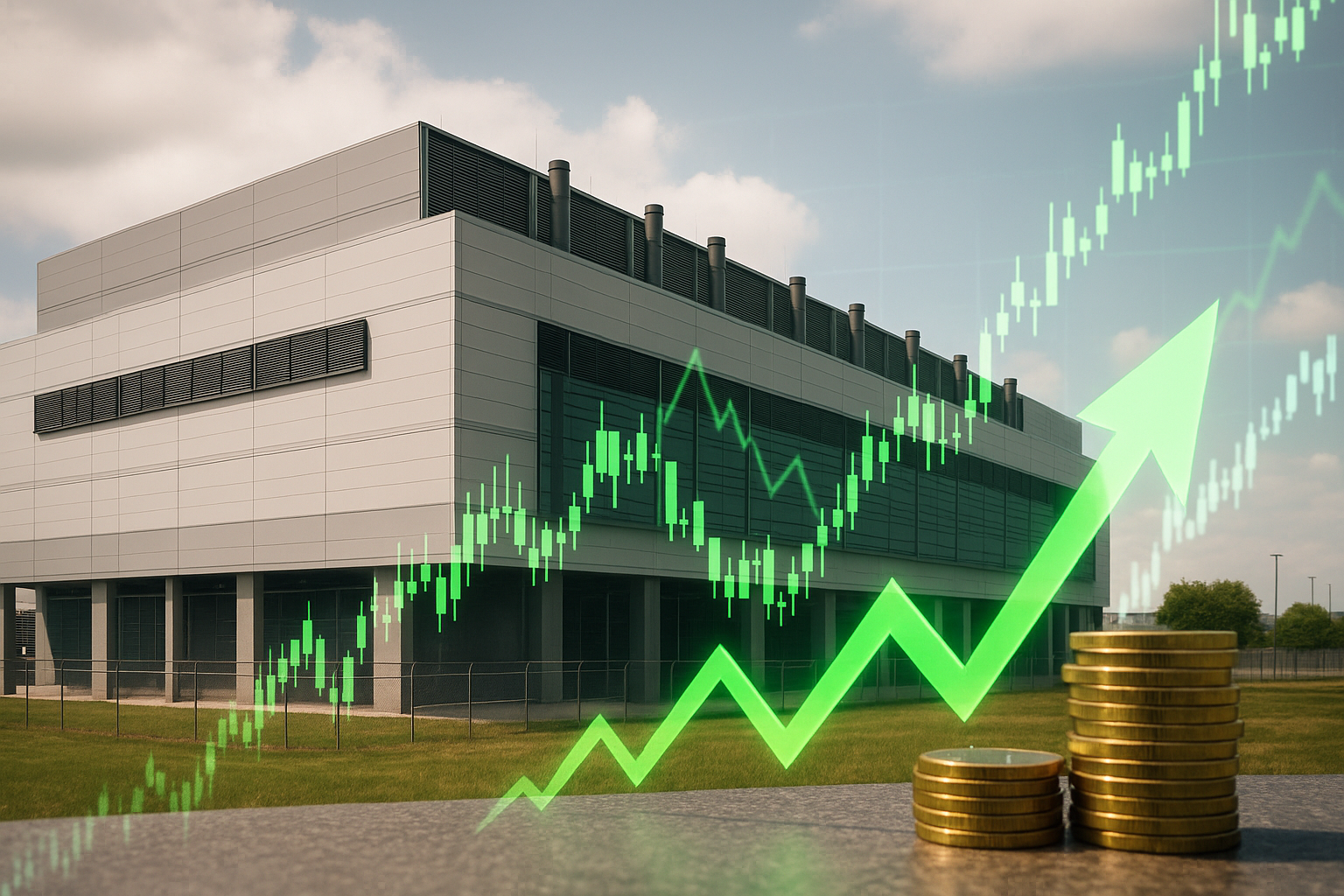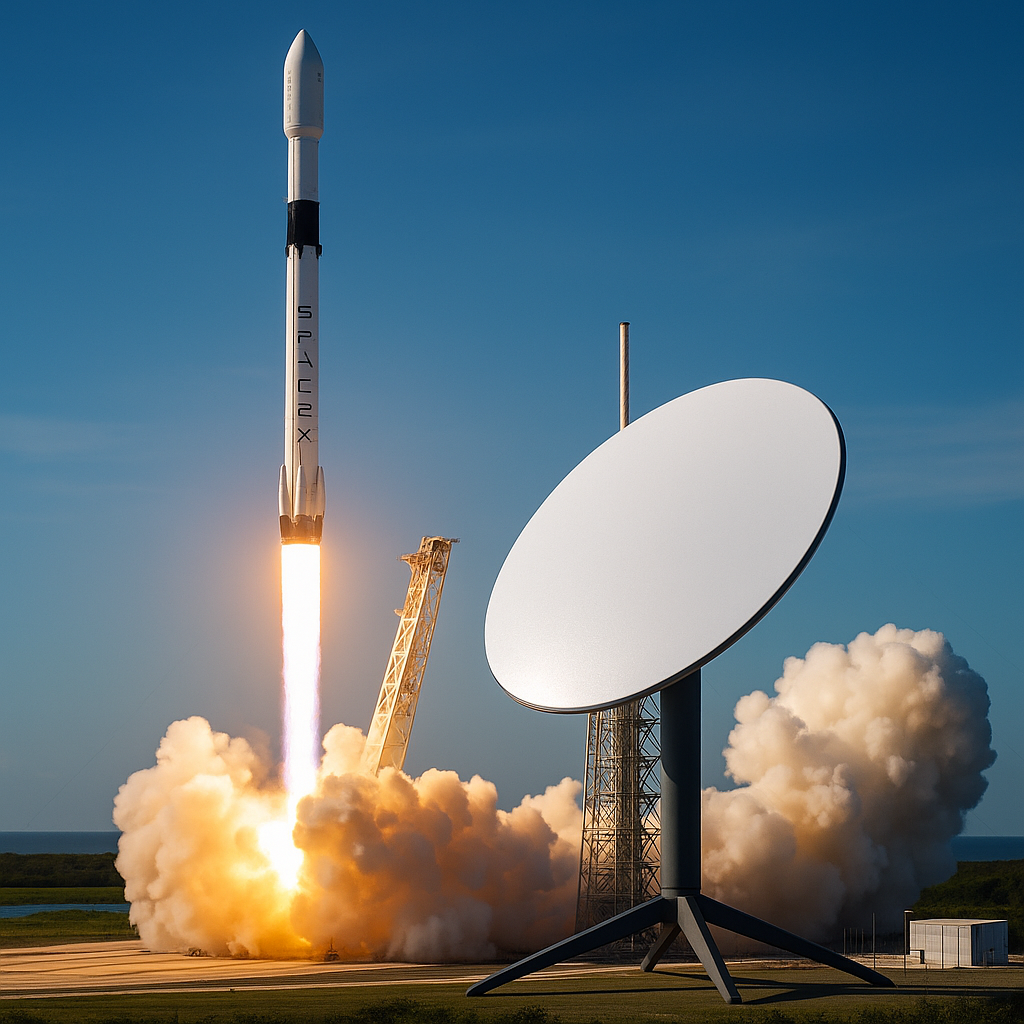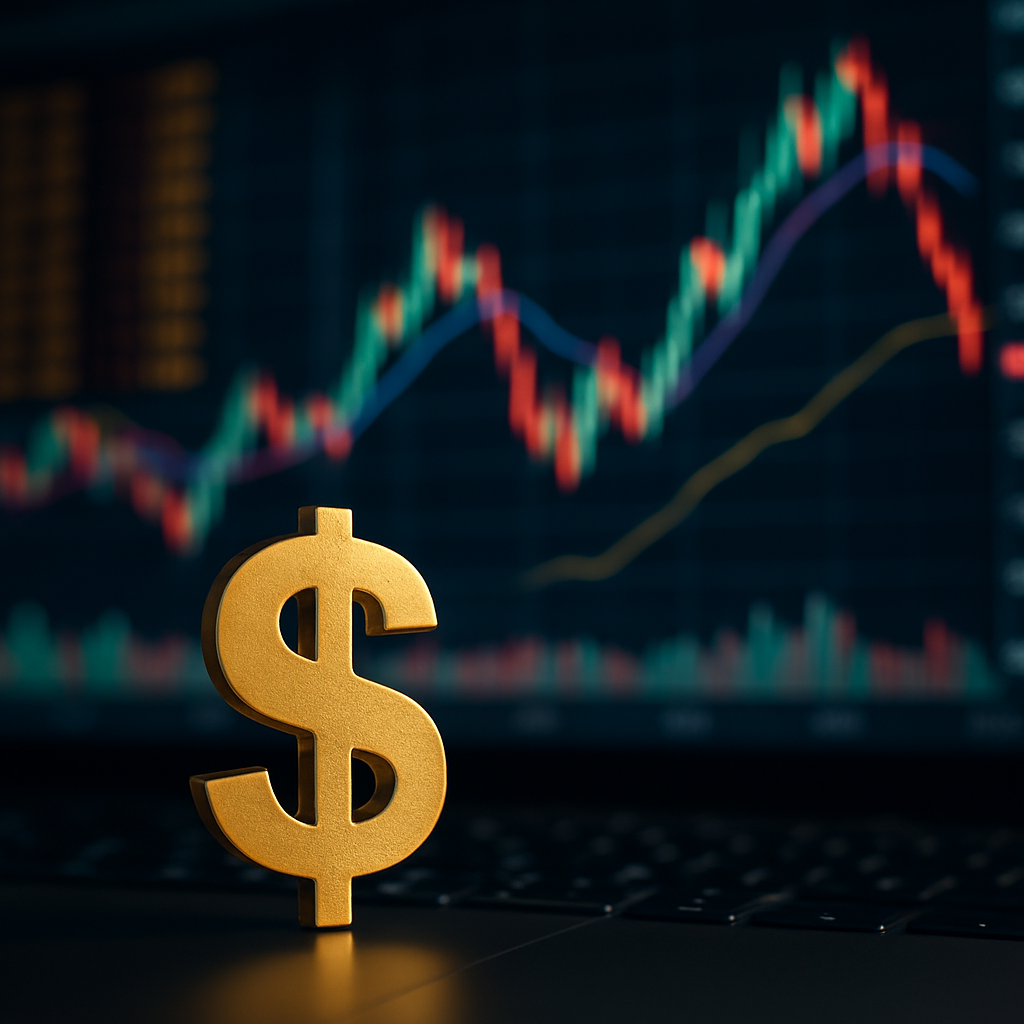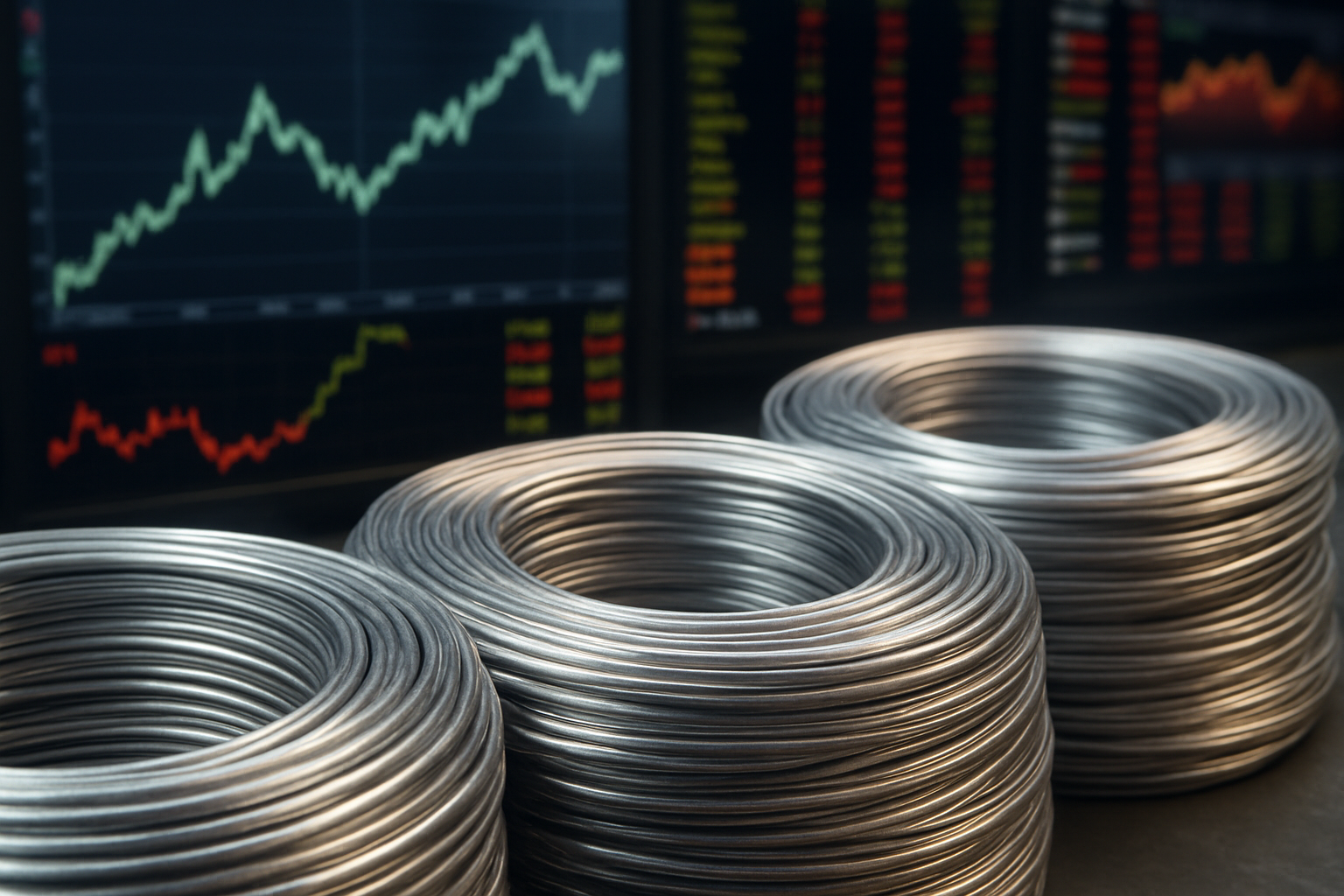The Forgotten Metal Finds Its Moment
While lithium, nickel, and copper dominate headlines in the clean-energy metals race, a little-known element — scandium — is quietly making its way into the strategic spotlight. This week, Sunrise Energy Metals (ASX: SRL) announced it had granted Lockheed Martin an option to purchase up to 15 tonnes of scandium oxide over the next five years, a milestone deal that underscores growing global demand for rare, high-performance materials.
According to Reuters, the agreement marks one of the first long-term defence-linked scandium supply deals in the Western world. The move also signals a shift in the strategic metals market — where emerging alloys and rare elements are increasingly prized for their role in aerospace, defence, and next-generation manufacturing.
With geopolitical competition intensifying and nations pushing for supply chain resilience, the Sunrise–Lockheed Martin pact may be a harbinger of a broader rally in niche industrial metals.
Why This Matters for Investors
Scandium isn’t a household name — yet. It’s a soft, silvery element often used in aluminium-scandium alloys, prized for their light weight and extreme strength. These alloys are ideal for aircraft components, missiles, and electric vehicles.
However, scandium’s scarcity has limited its widespread adoption. Global production is estimated at just 15–20 tonnes per year, according to data from the U.S. Geological Survey (USGS). Much of that supply comes as a by-product of other mining operations in China, Russia, and Ukraine, leaving Western nations with limited access.
That’s what makes Sunrise Energy’s project — located in New South Wales, Australia — strategically important. The company aims to develop one of the world’s first scalable primary scandium sources, part of a broader push to make Australia a leader in critical minerals beyond lithium.
“Defence and aerospace demand for scandium is rising, particularly in the U.S. and allied markets,” said a Canaccord Genuity mining analyst quoted by Reuters. “This deal effectively validates scandium’s transition from lab-scale curiosity to commercial necessity.”
The Broader Trend: From Lithium to “Niche Tech Metals”
As the clean-energy transition matures, the investor spotlight is widening. Early hype around lithium and rare earths has given way to a more nuanced focus on the “micro metals” powering high-performance sectors like aerospace, EVs, and defence.
Scandium joins a growing list of niche elements — including gallium, hafnium, and germanium — now recognized for their strategic importance. The European Union’s 2024 Critical Raw Materials Act and the U.S. Inflation Reduction Act both list scandium as a “critical mineral,” meaning governments may soon provide funding, offtake guarantees, or tax incentives to secure domestic supply.
Meanwhile, global aerospace spending is on the rise. Lockheed Martin, Boeing, and Airbus are investing heavily in lightweight alloys to improve fuel efficiency and support electric and hypersonic flight technologies. Each of these trends drives incremental demand for scandium — an element that makes aluminium up to 50% stronger while keeping it light and corrosion-resistant.
Risks and Opportunities
For investors, the scandium story offers both early-stage opportunity and structural risk.
The opportunity lies in the scarcity premium: with few commercial suppliers globally, even modest demand increases could trigger outsized price gains. Reports from Roskill and Benchmark Mineral Intelligence estimate scandium oxide currently trades between US$1,000 and US$2,000 per kilogram, depending on purity and contract structure.
However, liquidity and project risk remain major concerns. Scandium projects tend to be small-cap and capital-intensive, often reliant on pilot-scale technologies or secondary mineral streams. Sunrise Energy Metals, for example, is still in development mode, meaning commercial revenues may take years to materialize.
Investors seeking exposure should consider diversified strategies — such as ETFs or funds focused on critical and strategic minerals — rather than single-stock bets.
Future Trends to Watch
- Defence industrial demand: Lockheed Martin’s offtake could spur similar contracts with other Western defence firms, especially as the U.S. and its allies decouple from Chinese material sources.
- Aerospace innovation: Lightweight alloys will remain a key enabler of next-gen flight technology, from electric jets to reusable rockets.
- Government policy tailwinds: Expect increased funding for critical mineral exploration under programs like Australia’s Critical Minerals Strategy 2030 and the U.S. Defense Production Act.
- M&A potential: Larger miners or metal producers could target niche-material developers for acquisition, accelerating market consolidation.
Key Investment Insight
The scandium story isn’t about today’s profits — it’s about strategic positioning for the industries of tomorrow. As governments and corporations race to secure critical supply chains, early movers in niche materials could gain disproportionate leverage in global manufacturing and defence ecosystems.
For investors, the prudent move is to keep a close watch on emerging metals — not as speculative plays, but as structural components of the next industrial cycle. Diversified exposure across critical-mineral developers and advanced-material ETFs may provide a balanced entry point into this evolving space.
Stay Ahead with MoneyNews.Today
As the global commodities landscape shifts, MoneyNews.Today continues to track the metals and materials shaping the future of technology, energy, and defence. Follow our daily coverage for data-driven insights, emerging opportunities, and strategic market analysis that keep investors one step ahead.
